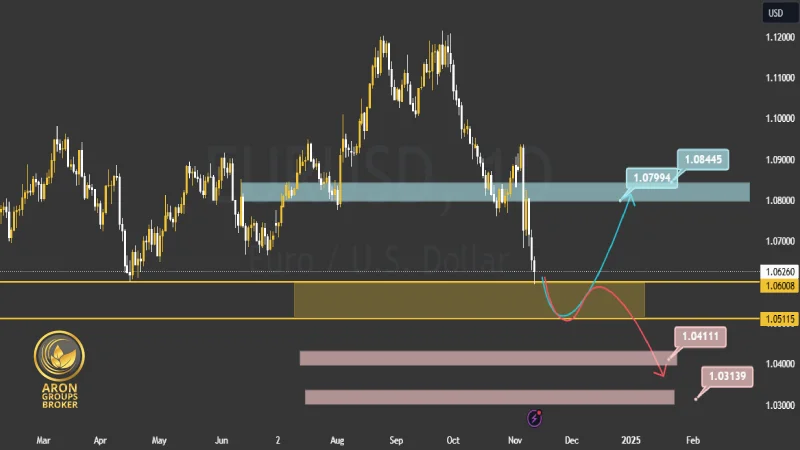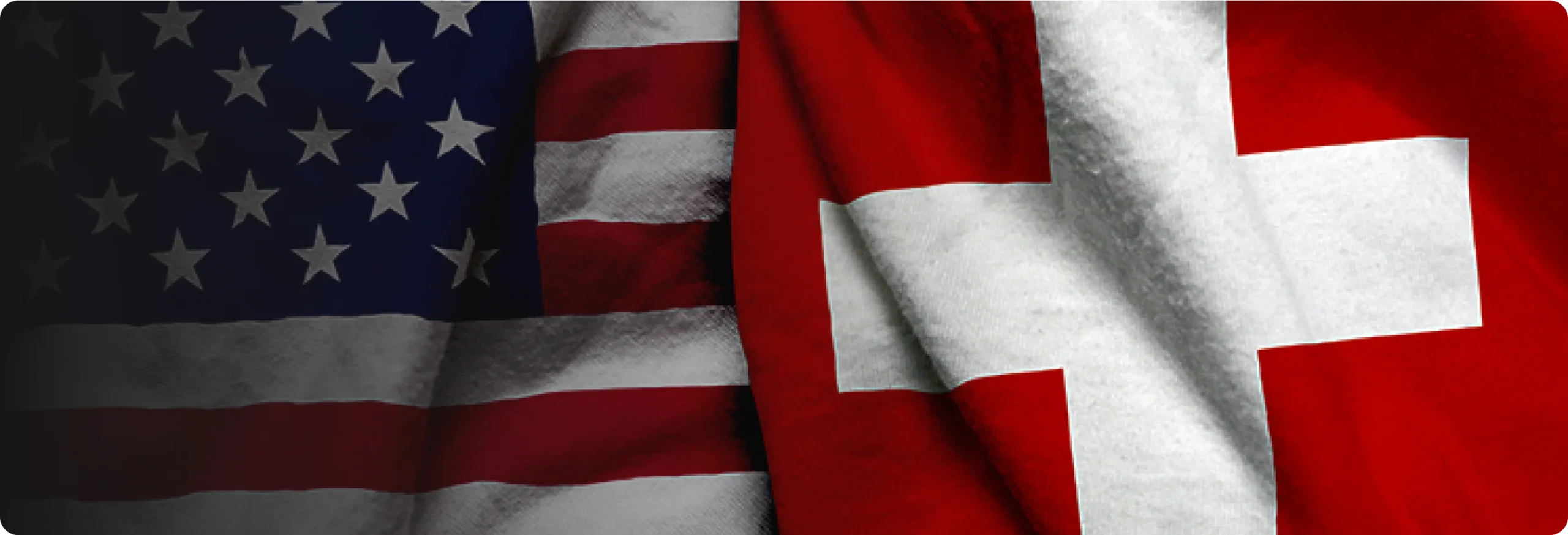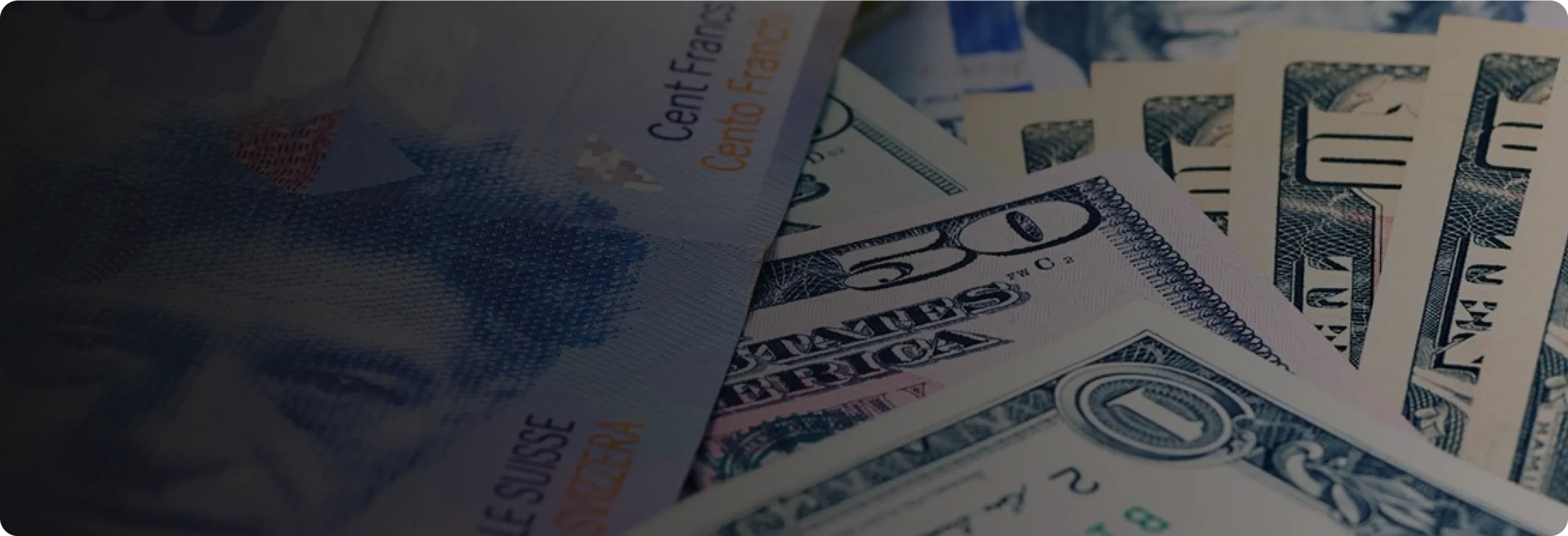Euro Faces New Challenges: Economic Slowdown and Political Upheaval in Germany
The Euro is once again under intense pressure as a combination of economic and political factors creates fresh challenges. On one front, the Eurozone economy is lagging behind major competitors, showing little indication of significant growth. Meanwhile, Germany—the Eurozone’s economic powerhouse—is gripped by a political crisis following the collapse of its coalition government, adding further uncertainty to the region.
Germany is now preparing for early elections set for February 2025 following the breakdown of its center-left coalition last week. This decision came after escalating budget disagreements, leading Chancellor Olaf Scholz to dismiss Finance Minister Christian Lindner. Lindner, leader of the Free Democratic Party (FDP), exited the coalition due to economic conflicts, ending the alliance between Scholz’s Social Democrats (SPD), the Greens, and the FDP.
If Scholz is unable to win a parliamentary vote of confidence, German President Frank-Walter Steinmeier could dissolve the parliament, triggering a new election within 60 days. This decision highlights deep ideological divisions within the ruling coalition, particularly over national finance and budgeting issues.
Given the current economic and political climate, the upcoming election could have a substantial impact on Germany’s—and, by extension, Europe’s—future direction. The far-right Alternative for Germany (AfD) party, currently polling well, could significantly shape Germany’s domestic and Eurozone policies.
The prospect of AfD gaining influence poses a unique challenge for the Euro. An AfD victory would represent a new phase of far-right influence in Europe, potentially sparking a “Brexit 2.0” scenario. Such an outcome could reshape existing tax and immigration policies, disrupt the European Central Bank’s (ECB) current policy framework, and likely lead to a further decline in the Euro (EUR) as the markets react to this seismic shift.
Interest Rate Gap: A Warning for the Euro Post-Trump Victory
Donald Trump’s re-election signals a continuation and expansion of tax cuts and broader trade tariffs compared to his first term. Such policies are expected to be inflationary, necessitating fewer interest rate cuts by the Federal Reserve. For Europe, this scenario is concerning, as it may require the European Central Bank (ECB) to implement more aggressive rate cuts.
Currently, there’s already a notable interest rate differential between Europe and the United States, often referred to as the “Atlantic gap.” Trump’s victory is likely to widen this gap further. Presently, the two-year swap rate between the euro and the dollar favors the dollar by over 1.8%, a level not seen since 2022. This widening interest rate gap strengthens the dollar while weakening the euro. Markets are now awaiting more concrete evidence to determine whether this trend will persist or if conditions will shift.
Eurozone GDP and Germany’s Economic Outlook: A Path Forward for the Euro in the absence of ECB Signals
On Tuesday, European financial markets will closely scrutinize Germany’s Economic Sentiment Index to gain a clearer view ahead of the upcoming Eurozone growth data. Forecasts suggest only a slight 0.1% improvement in Germany’s economic outlook, but stronger-than-expected results could give investors some optimism about Germany’s economic resilience amid ongoing political turmoil.
On Thursday, the preliminary Eurozone GDP figures for the third quarter will be released, with an expected growth rate of around 0.4%. If the reported GDP growth surpasses expectations, it could lead to a rise in the EUR/USD pair, though any such increase is unlikely to be significant or lasting.
Given current conditions, speeches from European Central Bank (ECB) members throughout the week are unlikely to impact the ECB’s upcoming decisions, especially regarding December’s anticipated rate cut. The main question that remains is whether the rate cut will be 0.25% or 0.5%. Stronger growth data and a cooling of post-election uncertainty in the US could further support the likelihood of a 0.5% rate cut.
Will U.S. Consumer Inflation Accelerate Selling Pressure on the Euro?
September brought distinct developments to the U.S. economy, reviving discussions around inflation trends. Annual inflation decreased for the sixth consecutive month, reaching 4%—a level not seen since February 2021. At first glance, this reduction seemed promising for the markets, but the story didn’t end there.
In the same month, core inflation drew attention, ticking up slightly to 3.3%, just above the previous three-year low of 3.2%. This modest increase was driven by monthly inflation, which came in at 0.3%, exceeding the forecasted 0.2%.
Looking ahead to October, projections suggest that annual inflation may rise to 2.6%, with core inflation holding steady at 3.3%. If these figures come in higher than expected, the U.S. dollar is likely to strengthen further, potentially increasing selling pressure on the euro—especially if the European Central Bank stays its current monetary policy course.
Buy Plan:
If EUR/USD holds above the key support level of 1.05115 and stabilizes, a bullish correction is expected toward targets of 1.07994 and potentially even 1.08445. This range can serve as an entry point for a buy trade.
Sell Plan:
If the 1.05115 level is breached and the price stabilizes below this level, the downtrend is likely to continue. In that case, the next targets for selling would be 1.04111 and 1.03139.
Additionally, the 1.06008 level may act as an initial barrier, slowing the pace of any decline. However, if bearish sentiment dominates, it could also be a point for a short-term sell entry.
Analysis Summary
The euro faces significant political and economic challenges. The Eurozone economy is experiencing slow growth, and the collapse of Germany’s coalition government—the largest economy in Europe—has added to the instability. Early elections in Germany and the potential rise of the far-right AfD could have negative implications for the euro. Furthermore, if Trump is re-elected, the European Central Bank may cut interest rates further, deepening the interest rate gap with the U.S. and strengthening the dollar.
In technical analysis, the 1.05115 level serves as a key support for EUR/USD; holding above it could open the way for a corrective rally up to 1.07994. However, breaking below it could lead to bearish targets at 1.04111 and 1.03139.

























